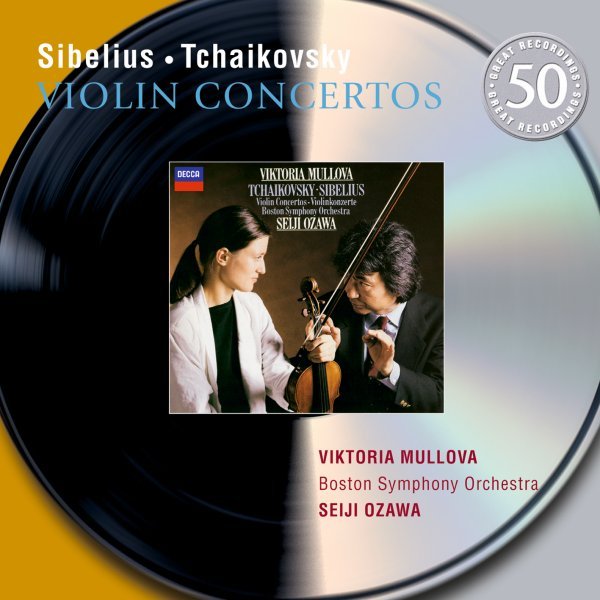


From En Saga to the magnificently austere Tapiola of 1926, his approach was much more suggestive than narratively literal and naively descriptive, and the musical organisation always highly disciplined. He married in 1892, and he and his wife Aino spent their honeymoon in Karelia, the region of eastern Finland that is the source of many of the Kalevala stories, and which inspired several of Sibelius’s works that followed – the Karelia Suite, the set of four Lemminkäinen Legends (the second of which, The Swan of Tuonela, has acquired an independent life as an orchestral favourite) and the first of the tone poems, En Saga.Ī symphonic or tone poem is, usually, a single-movement orchestral piece shaped by a literary or visual text, but Sibelius’s concept of the form (he wrote 16 of them altogether) was radically different from that of his contemporary Richard Strauss. It was a resounding success at its first performance, but Sibelius refused to allow the score to be published until after his death. He also started work on a much more ambitious project, the choral symphony Kullervo, based on episodes from the Kalevala. Photograph: Chronicle/Alamy Stock Photoįurther composition studies in Berlin and Vienna between 18 included an encounter with the symphonies of Anton Bruckner, perhaps as a result of which he began writing orchestral music that he conducted on his return to Helsinki. In his student years, he concentrated on chamber music, though he wrote only one mature string quartet, the five-movement Voces Intimae of 1909. By then Sibelius was starting to realise that he would never become the violin virtuoso he aspired to be, and Busoni encouraged his composition. (It was while he was a student, too, that he changed his first name from Johan to its French equivalent, Jean.) When the composer Ferruccio Busoni joined the institute as a piano teacher the two became friends. Very soon he abandoned law to study music full-time, and received his first formal composition lessons. He composed copiously through his teens, yet despite his obvious musical talent he began studying law, though at the same time he enrolled at the Helsinki Music Institute (now the Sibelius Academy). The family’s first language was Swedish, but from the age of nine he attended Finnish-speaking schools and was soon fascinated by Finnish mythology, particularly the folk stories collected in the Kalevala, first published in 1835.īy then he was having piano and violin lessons. His father died when he was three, and he was brought up by his mother and grandmother. Sibelius was born in Hämeenlinna, in the south of what was then the Grand Duchy of Finland, an autonomous part of the Russian empire.


 0 kommentar(er)
0 kommentar(er)
